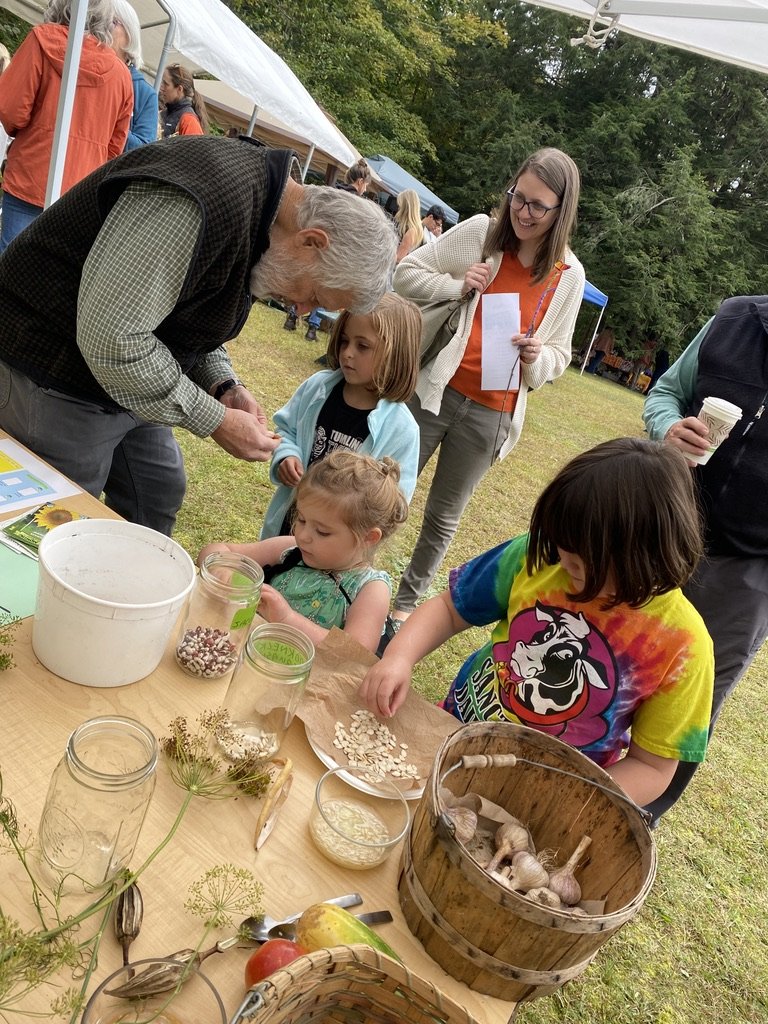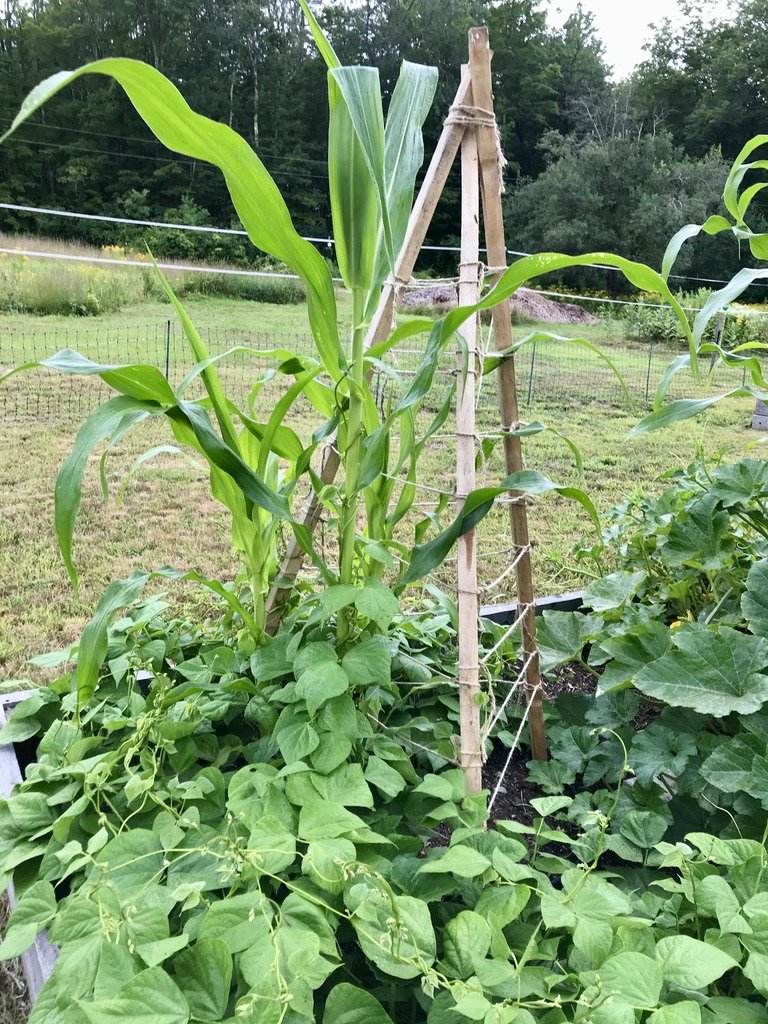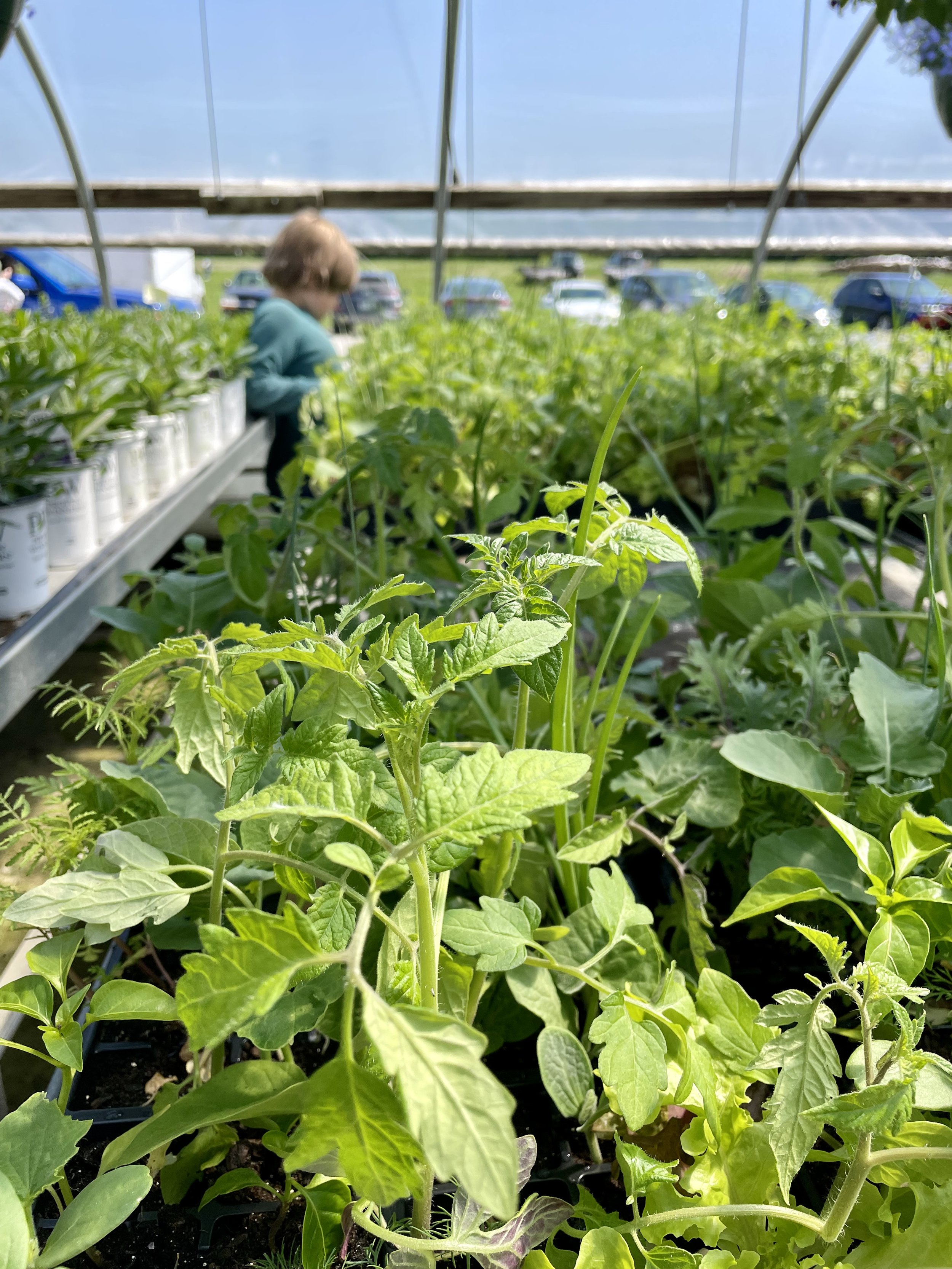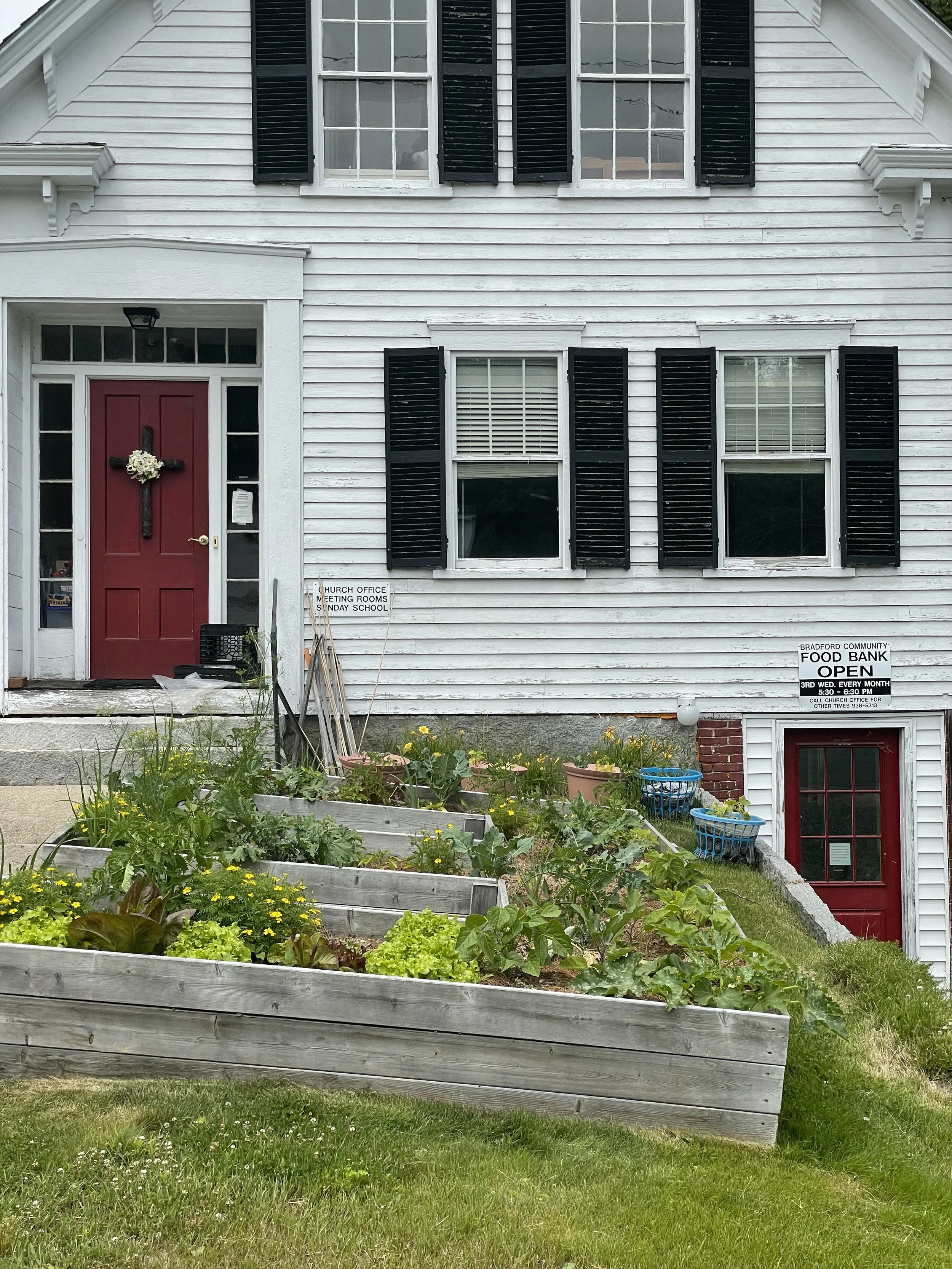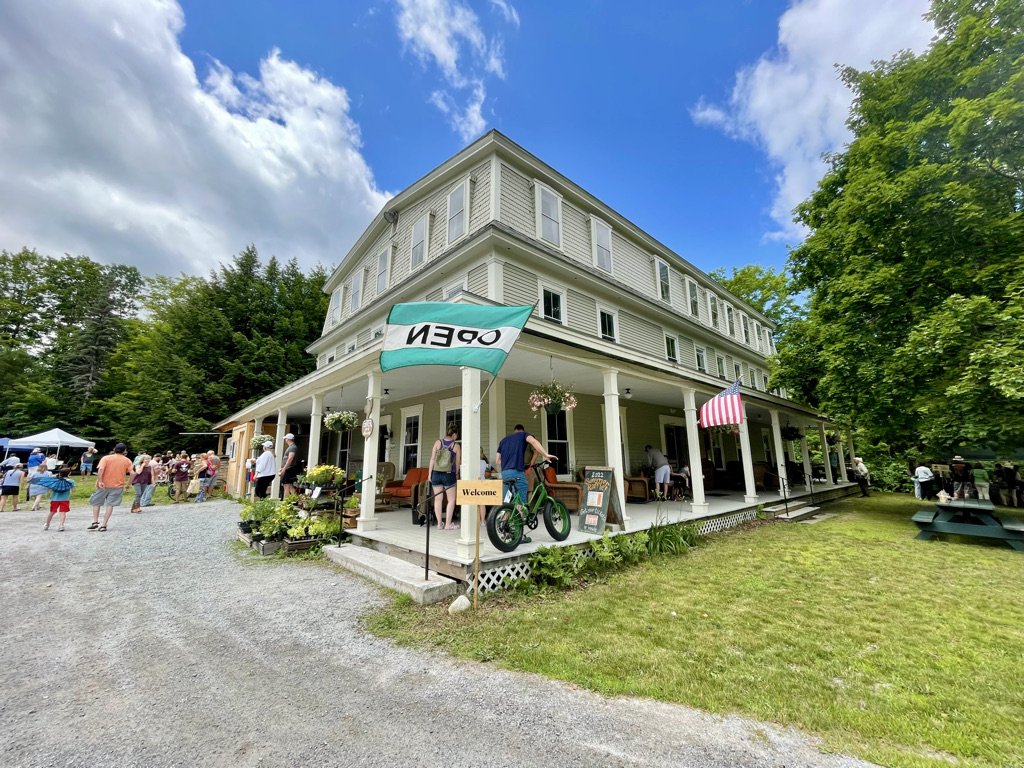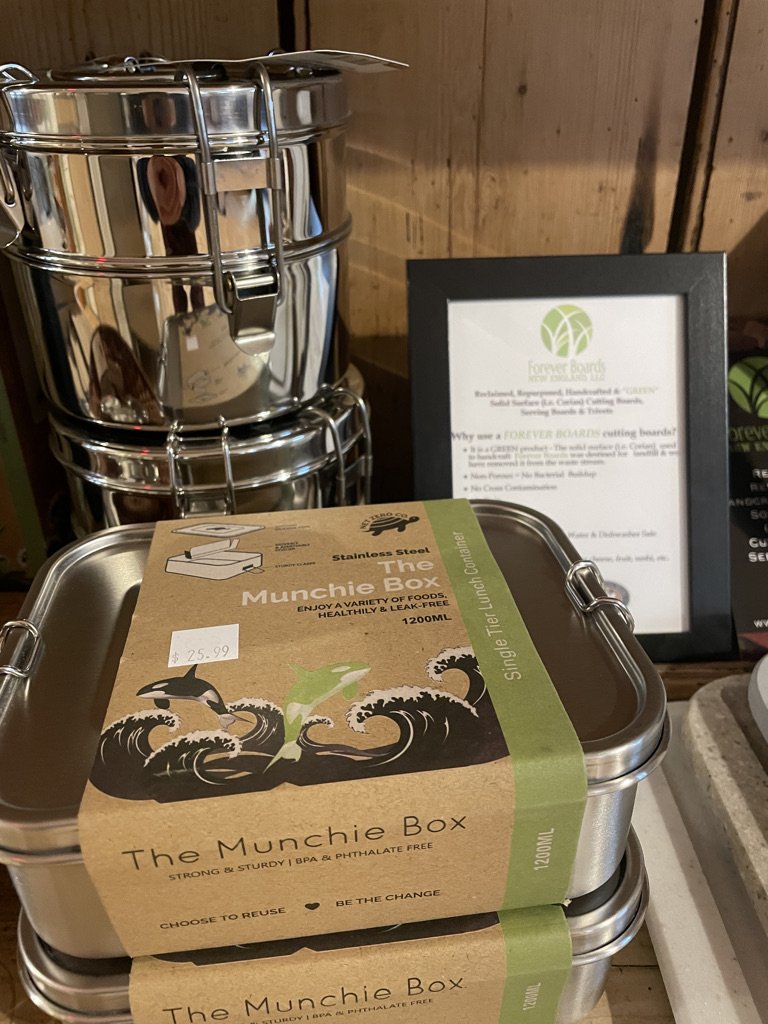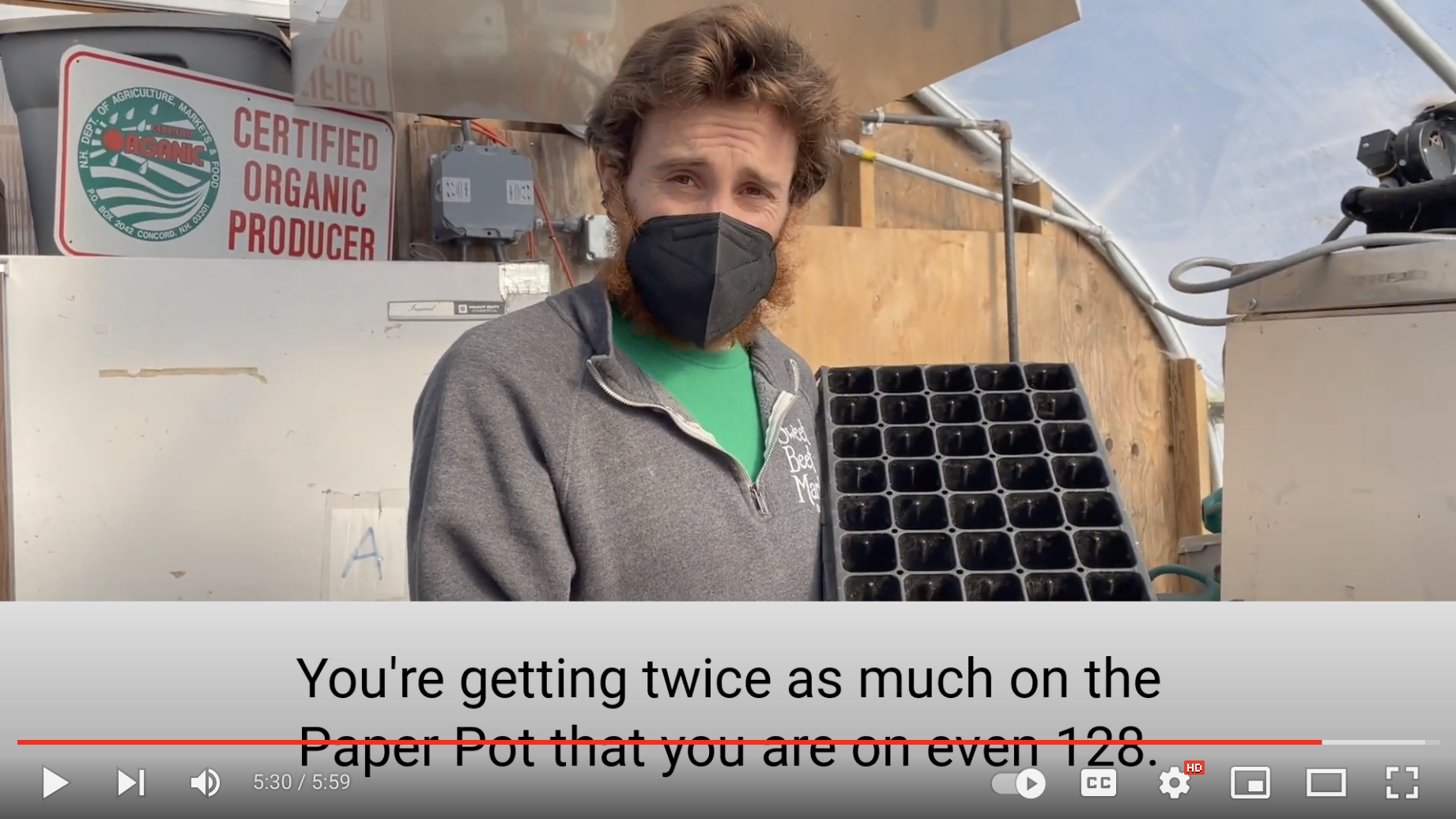2023 was a rich, dynamic, and delightful year here at the Kearsarge Food Hub - thanks to you!
As we move into a new year, grateful as ever to be in service and collaboration with you, we would love to take a moment and celebrate ten highlights from 2023.
Of course, this is not an exhaustive list of all the bright moments from the past year, but it does capture the essence of our growth and impact from across the organization and in the community. We’re celebrating a great year behind us and looking forward to wonderful year ahead!
Reopening Sweet Beet Café
In the wake of having to unexpectedly close Sweet Beet Cafe in February of 2023, there was a necessary pause before we knew how to proceed. It quickly became clear that we needed to learn more from our community about what you all value in the cafe and take it from there.
We conducted surveys, hosted a focus group, listened, soul searched, and mapped out options. Ultimately, with all your generous feedback and with the help of caring volunteers and dedicated staff, the café reopened on July 1st, 2023!
Many, many helping hands, lots of smiles (and challenges, too!), test batches and floor plans, painting and rearranging, excitement and troubleshooting, boxes and boxes of veggies, sign making and hanging, menu crafting and tasting, and so much more made this reopening possible. Sweet Beet Café is going strong!
2. Launching Farm + Forest Club
In 2023, we were so excited to launch a Farm + Forest Club for local homeschoolers, giving these Junior Beets an opportunity to experience all the elements of farm and forest life.
From planting seeds and exploring pond life, to cooking veggies on an open fire and running a mini-farm stand, it’s safe to say that the Farm + Forest Club is a big hit with the kids (and parents, too!)
These programs are offered on a sliding scale so no family is turned away do to inability to pay.
We’re looking forward to MORE connections through Farm + Forest in 2024. Get your name on our mailing list to be the first to hear about Farm + Forest Club opportunities!
3. Community PartnershiPs & Shared Initiatives
This year (like every year) we are so very grateful for community partners who inspire us with their heart, hard work, and leadership. So many incredible people, businesses, and organizations we admire in the local and regional food system and community service we share that we get to work with! It’s this web of community connections and relations that builds true resiliency. We feel its power each and every day!
Some of the highlights that come to mind from the year include hosting Stay Work Play for their Rising Stars Leadership meeting, getting to know some of the board of NH Hunger Solutions, and starting to work with Walden Mutual Bank - who is now our Sweet Beet Market sponsor!
4. A New farm education structure
With many helping hands and funding from a generous anonymous donor, we were able to build a structure on Sweet Beet Farm for all things farm-education.
Whether it’s ducking away from the rain, enjoying a shady lunch, or writing and drawing about farm life, this structure has already taken farm-ed to the next level.
It will allow us to have even more visitors (kids & adults alike) in 2024 and beyond!
5. 1st Annual Food Drive at Sweet Beet Market
Together during our first ever food drive at Sweet Beet Market last February, we collected almost 600 items (over $3,300 value) that helped stock the Community FREEdge as well as 7+ food pantry partners with grocery items.
What's more is that everything purchased through Sweet Beet Market has triple the impact: Not only are we able to feed more local families, but the dollars spent go to local farmers and producers, with the rest going to our nonprofit mission here at KFH.
6. Making compost on Sweet Beet Farm
This year, we finally started making compost on Sweet Beet Farm (something we’ve wanted to do since day 1!) using food waste from Sweet Beet Market + Cafe and other local inputs. This compost increases resilience by limiting reliance on outside inputs, all while providing a new level of fertility and aliveness to the soil - which of course translates to the aliveness of the foods it produces!
This is one tremendously important step in closing loops in our hyper local food shed, right here KFH operations.
What’s more, students on the farm through our farmer apprentice program and extended learning opportunities for high schoolers helped in the development of our composting systems. As always, we’re learning as we grow!
7. 3rd Annual Abenaki Seeds Project
This year three of the Abenaki Seeds Project, a collaborative effort here in the Kearsarge area to grow Abenaki heritage seeds in home and community gardens. This provides an opportunity to learn together about Native Foodways and support food security for Native American neighbors, with the harvests going to the Abenaki Helping Abenaki food pantry.
This year we had over 50 local sites growing Abenaki Seeds, including our own Baby Beet Farm. The three sisters mounds at Baby Beet were planted and harvested by the Bradford 3rd Garden, producing 50lbs of Abenaki Crookneck Squash, 8lbs of Abenaki Cranberry Beans, and 7lbs of Rose Flint Corn kernels.
The Colby-Sawyer College Main Street garden also grew Abenaki Seeds, with the college students ultimately delivering 410+ lb of crookneck squash for the pantry!
8. A wonderful community fair on the Fall Equinox
Looking back on 2023, our hearts are still from our Community Fair on the autumn equinox.
Together we learned how to save seeds, made nature journals, created a community “quilt”, enjoyed live music, crafted fairy gardens, played with goats, explored how to conserve energy in our homes, learned about community resources, and ate delicious breakfast sandwiches, tacos, and chili!
A huge thanks to the partners who joined us, volunteers and staff who helped bring it to life, and the farmer and producers partners who supply our market and kitchen with fresh, local ingredients. Our community events are possible thanks to you!
9. Love Local: Meet your farmers + makers
It’s a tradition for us here at the Kearsarge Food Hub to feature local farm partners each year in our Love Local event. These are folks we source from for Sweet Beet Market + Café, who are out in the field and the food system doing the work growing and making food each and every day. These farmers have invaluable perspectives to share, especially in 2023 with the challenging growing season we had.
Featured farms from 2023 were: NOK Vino, Deep Meadow Farm, Spring Ledge Farm, and our own Sweet Beet Farm. It made a big impact for all of us who were in attendance at the event to hear from these farmers at such a critical moment for food and farming.
Tune into the insights from this year’s Love Local through a blog from our friends at Food Solutions New England: Community and Resilience In New Hampshire with all the videos and more context on the state of our local food system.
10. 2022 Business of the Year
Lake Sunapee REgion Chamber of commerce
“A business with such selfless dedication to its community.
Working tirelessly to grow a hyper locally supplied market and cafe with multi acre farm during an incredibly difficult time to run a profitable restaurant, solely in an attempt take all profits and return them directly to the community through food donation, most importantly in the form of healthy meals, accessible 24/7, free of charge, for anyone suffering from food insecurity.
Nominated in almost every category this evening, the work of the team at the Kearsarge Food Hub is unlike any other. From seeing a need for change and education to creating an absolutely incredible space in Bradford and becoming a resource for so many.
What Kearsarge Food Hub offers is more than the fruits and veggies at Sweet Beet Market or a tea and scone at their new Sweet Beet Cafe...it's a NEW way of life - a NEW way to connect with your neighbors - a NEW way to look at local food - a NEW way to change the world around you. There is nothing more powerful than that.”
Thank you for an amazing year in 2023! We look forward to another great year ahead. Stay connected with all the happenings here at KFH by joining our mailing list.













